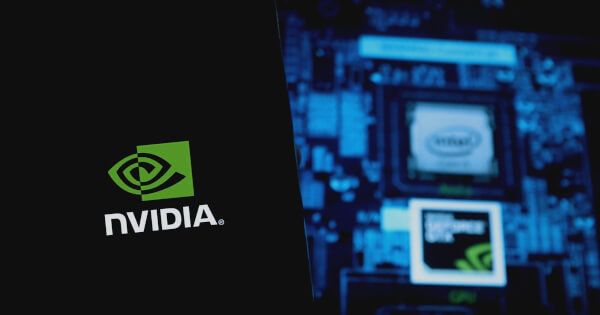NVIDIA TensorRT Revolutionizes Adobe Firefly’s Video Generation

Iris Coleman
Apr 22, 2025 03:41
NVIDIA TensorRT optimizes Adobe Firefly, cutting latency by 60% and reducing costs by 40%, enhancing video generation efficiency with FP8 quantization on Hopper GPUs.
NVIDIA’s TensorRT has significantly enhanced the efficiency of Adobe Firefly’s video generation model, delivering a 60% reduction in latency and a 40% decrease in total cost of ownership (TCO), according to a recent blog post by NVIDIA. This optimization leverages the FP8 quantization features on NVIDIA Hopper GPUs, enabling more efficient use of computational resources and serving more users with fewer GPUs.
Transforming Video Generation with TensorRT
Adobe’s collaboration with NVIDIA has been instrumental in optimizing the performance of its Firefly video generation model. The deployment of TensorRT on AWS EC2 P5/P5en instances, powered by Hopper GPUs, has allowed Adobe to improve scalability and efficiency. This deployment strategy has been crucial in achieving a rapid time-to-market for Firefly, which has become one of Adobe’s most successful beta launches, generating over 70 million images in its first month.
Advanced Optimizations and Techniques
Using TensorRT, Adobe implemented several optimization strategies for its Firefly model. These included reducing memory bandwidth through FP8 quantization, which decreases memory footprint while accelerating Tensor Core operations. Additionally, the seamless model portability provided by TensorRT’s support for PyTorch, TensorFlow, and ONNX facilitated efficient deployment.
The optimization process involved exporting models to ONNX, implementing mixed precision with FP8 and BF16, and employing post-training quantization techniques. These measures collectively reduced the computational demands of video diffusion models, making them more accessible and cost-effective.
Scalability and Cost Efficiency
Deploying Firefly on AWS’s robust cloud infrastructure has further enhanced its scalability and efficiency. The integration of TensorRT has resulted in significant cost savings and improved performance for Adobe’s creative applications. By minimizing the computational resources required for model inference, Firefly can serve more users with fewer GPUs, thus reducing operational costs.
Overall, the deployment of NVIDIA TensorRT has set a new standard for generative AI models, demonstrating the potential for rapid development and strategic technical innovations in the field. As Adobe continues to push the boundaries of creative AI, the lessons learned from Firefly’s development will inform future advancements.
For more insights into this technological advancement, visit the NVIDIA Developer Blog.
Image source: Shutterstock



